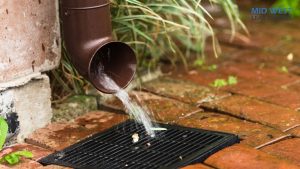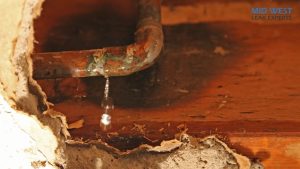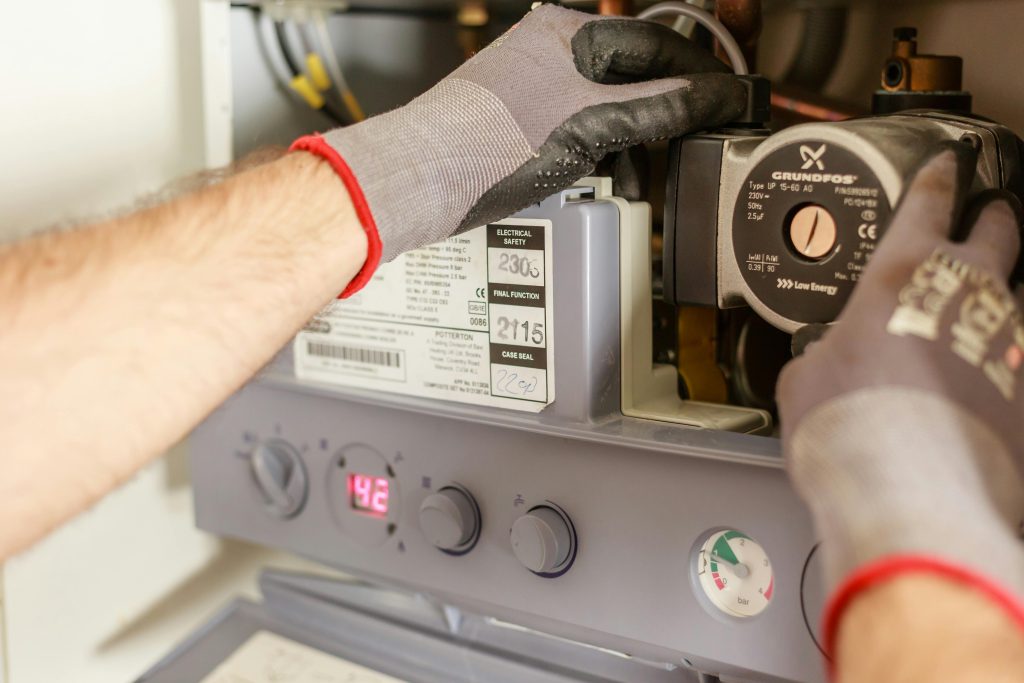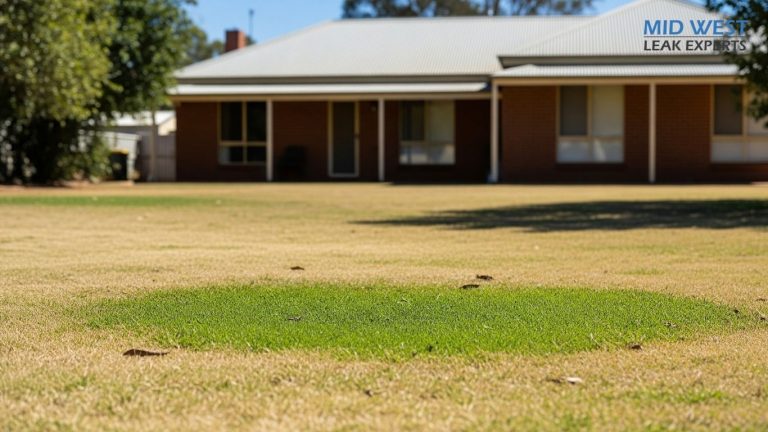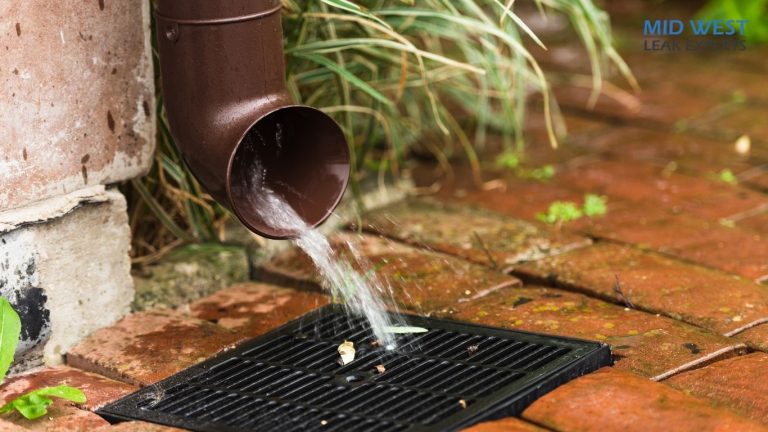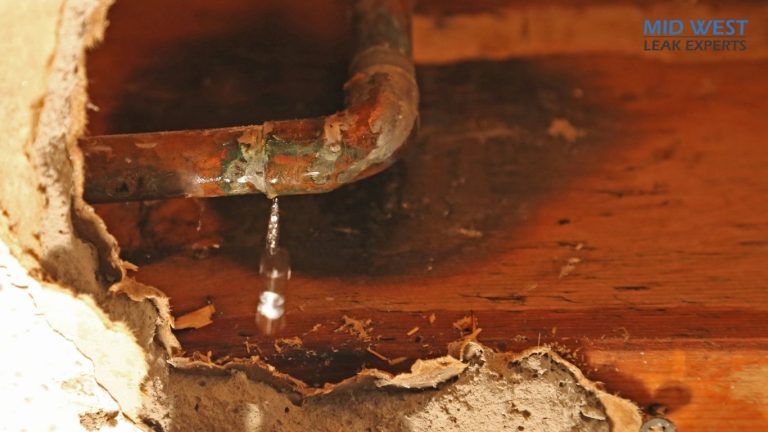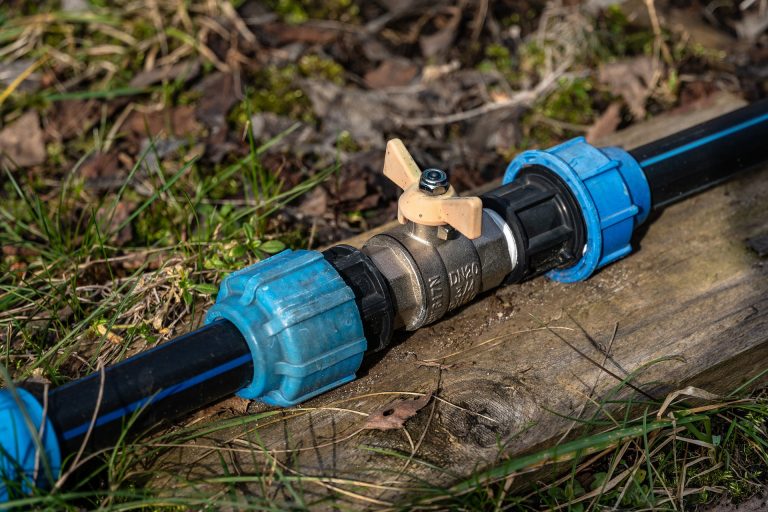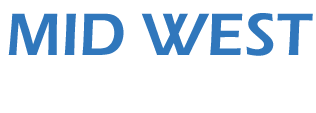Wall & Cavity Leak Detection
Protecting Your Property’s Forbes-Level Value
In the world of high-value assets, the most significant threats are often the ones you cannot see. While you meticulously track market fluctuations and portfolio performance, a silent saboteur could be compromising the very foundation of your most tangible asset: your property. A slow, insidious water leak within a wall or ceiling cavity is more than a mere nuisance; it is a ticking financial time bomb, capable of causing catastrophic structural damage, fostering toxic mold, and silently erasing your property’s value.
But how do you fight an enemy you can’t see?
The water staining your ceiling today didn’t start there. It began weeks, maybe months, ago as a pinhole leak in a pipe, a failed window seal, or a breach in the building’s exterior. By the time visible evidence appears, the damage is already extensive. This guide is for the discerning property owner who understands that proactive protection is the ultimate luxury. We will delve into the sophisticated world of modern leak detection, exploring the signs, the science, and the strategies to safeguard your investment from the inside out.
The Hidden Menace
Why Wall and Cavity Leaks Are a Ticking Time Bomb
A hidden leak is a relentless force. Water will always find the path of least resistance, seeping into timber frames, saturating insulation, and pooling on drywall. The consequences are far-reaching and invariably expensive.
- Structural Decay: Prolonged moisture exposure is the nemesis of building materials. Wood studs rot and weaken, compromising the structural integrity of walls. Steel components rust and corrode. Concrete and masonry can spall and crack, a process known as efflorescence, as salts are drawn to the surface.
- Toxic Mold Proliferation: The dark, damp, and undisturbed environment of a wall cavity is the perfect breeding ground for toxic mold, such as Stachybotrys chartarum (black mold). Mold remediation is a complex, costly process that often requires the removal of large sections of your property’s interior. More importantly, it poses a significant health risk to occupants, leading to respiratory issues and allergic reactions.
- Financial Drain: The true cost of a hidden leak extends far beyond the initial plumbing or roof repair. You face expenses for demolition, structural repairs, mold remediation, and cosmetic restoration. Furthermore, a history of significant water damage can negatively impact your property’s resale value and may even lead to increased insurance premiums or denied claims.
Pro Tip: Review your property insurance policy annually. Ensure you have adequate coverage for water damage, specifically from gradual or hidden leaks, as some standard policies have exclusions.
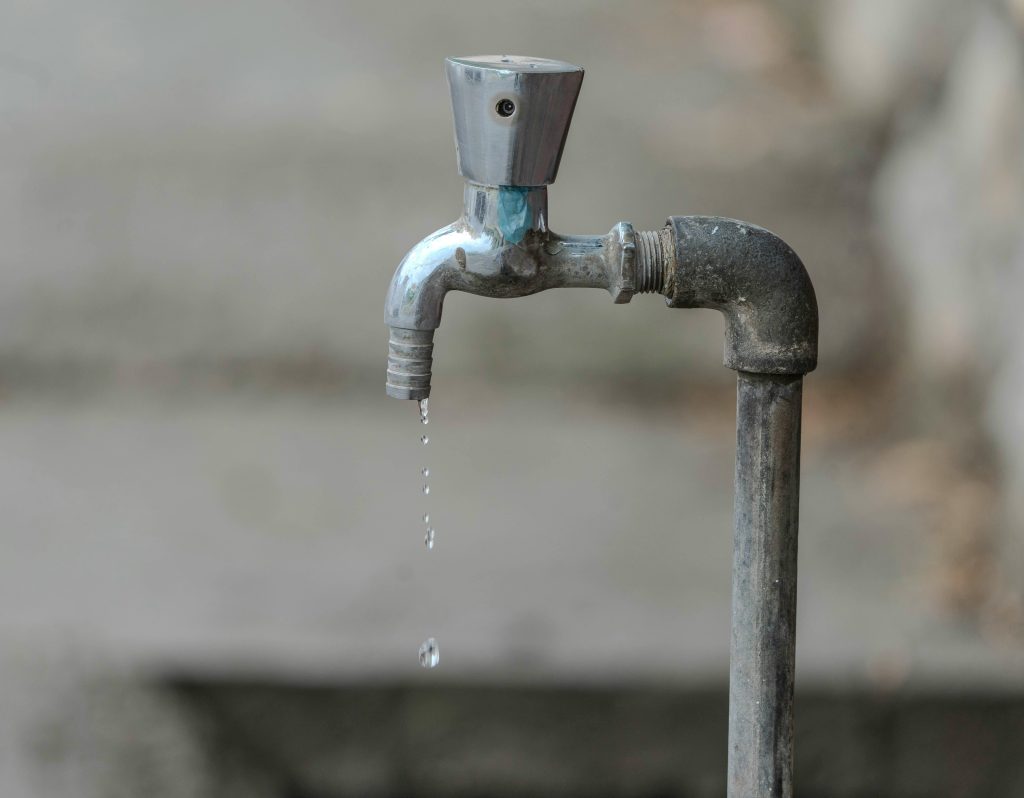
Early Warning Signs
Are Your Walls Whispering Secrets?
Before a leak screams for attention with a collapsed ceiling, it often whispers. Learning to interpret these subtle cues is the first line of defense. Are you noticing any of these red flags?
- Unexplained Stains or Discoloration: Yellow or brown patches on walls or ceilings are the classic sign of a water leak. Even faint, map-like outlines should be investigated immediately.
- Peeling, Bubbling, or Cracking Paint: Moisture penetrating drywall or plaster will cause the paint layer to lose adhesion, resulting in bubbles, blisters, or flakes.
- A Persistent Musty Odor: If you notice a damp, earthy smell in a specific room that you can’t trace to any obvious source, it’s a strong indicator of hidden moisture and potential mold growth within the walls.
- Warped or Swollen Materials: Check baseboards, door frames, and even wallpaper. Any signs of warping, swelling, or softness are telltale signs that water is being absorbed by the material.
- Visible Mold or Mildew: While often the last sign to appear visibly, any speck of mold on a wall surface suggests a much larger colony could be thriving behind it.
- Audible Drips: In the quiet of the night, can you hear a faint dripping sound? Don’t dismiss it. Try to pinpoint the source, as it could be a direct clue to an active leak.
The Arsenal of a Modern Leak Detector
Beyond the Naked Eye
Guesswork has no place in protecting a high-value property. Today, professional leak detection specialists employ a suite of non-invasive technologies to accurately locate the source of a leak without needlessly tearing down walls. This technological approach saves time, money, and minimizes disruption.
- Infrared (IR) Thermal Imaging: This is the cornerstone of modern leak detection. An infrared camera detects minute temperature differences on a surface. As water evaporates, it cools the surrounding material. A thermal imaging scan can reveal these cool, damp areas behind a wall, pinpointing the extent of moisture saturation with remarkable precision. It allows a professional to “see” a leak that is completely invisible to the naked eye.
- Acoustic Leak Detection: For pressurized pipe leaks, acoustic sensors are invaluable. These highly sensitive microphones can “hear” the distinct gurgling or hissing sound of water escaping a pipe, even when it’s buried deep within a concrete slab or wall. The technician uses the sensor to listen at various points, homing in on where the sound is loudest to find the leak’s origin.
- Electronic Moisture Meters: Once a potential problem area is identified, a moisture meter is used for confirmation. There are two main types:
- Pin-type meters have two small probes that are inserted into the material (leaving tiny, easily-filled holes) to measure the electrical resistance, which correlates to moisture content.
- Pinless (non-invasive) meters use radio frequencies to scan an area, providing a relative moisture reading without penetrating the surface.
- Borescope/Endoscope Inspection: When a leak is suspected in an inaccessible area, a borescope—a tiny camera on a flexible tube—can be inserted through a small, drilled hole. This allows for direct visual inspection inside a wall cavity, confirming the leak’s source and the extent of the damage with minimal intrusion.
Comparing Leak Detection Methods
| Detection Method | Invasiveness | Accuracy | Best For |
| Visual Inspection | None | Low | Obvious surface-level signs |
| Infrared Thermal Imaging | None | High | Mapping moisture extent; finding hidden dampness |
| Acoustic Detection | None | High | Pressurized pipe leaks (plumbing) |
| Moisture Meter | Minimal to None | High | Confirming moisture levels in specific spots |
| Borescope Inspection | Minimal | Very High | Direct visual confirmation in inaccessible areas |
The Financial Fallout
Calculating the True Cost of Negligence
Let’s talk numbers. A simple plumbing repair for an exposed pipe might cost a few hundred dollars. However, a hidden leak allowed to fester for months can escalate into a financial catastrophe. Consider this breakdown for a moderate leak inside a single wall of a luxury property:
- Plumbing/Source Repair: $500 – $2,500+ (depending on accessibility)
- Water Extraction & Drying: $1,000 – $4,000
- Demolition & Debris Removal: $500 – $1,500
- Mold Remediation: $2,000 – $8,000+
- Structural Repairs (e.g., replacing studs): $1,500 – $5,000+
- Restoration (Insulation, Drywall, Paint): $2,000 – $6,000
A single, ignored leak can easily spiral into a $7,400 to $27,700+ problem. This figure doesn’t even account for the potential health costs or the significant diminution of your property’s market value.
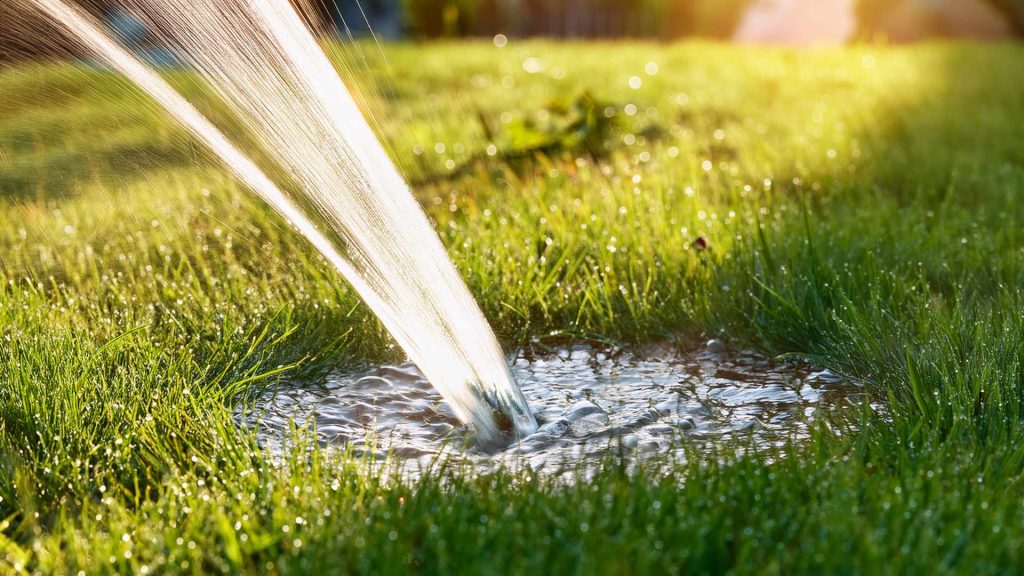
Prevention Is the Ultimate Luxury
Proactive Strategies for Property Owners
The best way to fix a leak is to prevent it from ever happening. Incorporate these proactive checks into your regular property maintenance schedule:
- Annual Exterior Inspection: Check for cracked caulking around windows and doors, damaged roof flashing, and clogged gutters. These are common entry points for water.
- Monitor Your Water Bill: A sudden, unexplained spike in your water bill is a classic sign of a hidden plumbing leak.
- Know Your Main Water Shut-off: In an emergency, knowing how to quickly shut off the water to your property can save you thousands in damages.
- Schedule Professional Inspections: Consider having a professional leak detection survey performed every 3-5 years, or immediately after any extreme weather event. It’s a small investment for invaluable peace of mind.
Your property is more than a building; it’s a cornerstone of your wealth. Protecting it requires the same diligence and strategic foresight you apply to your financial portfolio. By understanding the signs, leveraging modern technology, and embracing a proactive mindset, you can neutralize the silent threat of wall and cavity leaks and preserve the integrity and value of your investment for years to come.
Frequently Asked Questions
How much does professional wall leak detection cost?
The cost for professional wall and cavity leak detection typically ranges from $300 to $700. The final price depends on the size and complexity of the property, the technology required (e.g., thermal imaging, acoustic detection), and the accessibility of the suspected leak area. While this may seem like a significant outlay, it is a minor investment compared to the thousands, or even tens of thousands, of dollars required for repairs if a leak is left undetected.
Can a hidden water leak in my wall cause health problems?
Absolutely. One of the most severe risks of a hidden water leak is the growth of mold and mildew inside the wall cavity. The dark, damp space is an ideal environment for toxic mold species like Stachybotrys chartarum (black mold). Airborne mold spores can be released into your living space, potentially causing a range of health issues, including chronic allergies, asthma attacks, respiratory infections, headaches, and fatigue, especially in children, the elderly, and individuals with compromised immune systems.
How can I tell the difference between a plumbing leak and a roof leak in my wall?
Distinguishing between a plumbing leak and a roof leak can be tricky, but there are clues. A plumbing leak (from a supply or drain line) is often more consistent; you might see a stain that grows steadily or notice the issue regardless of the weather. A roof or exterior leak is typically weather-dependent, appearing, worsening, or reappearing only after it rains or snow melts. Furthermore, plumbing leaks are more common around bathrooms and kitchens, while roof leaks often manifest on the top floor or near chimneys and vents. For a definitive answer, a professional inspection using tools like a moisture meter can trace the water path to its source.


